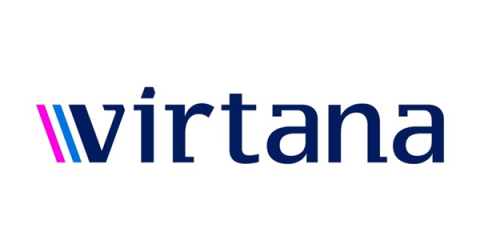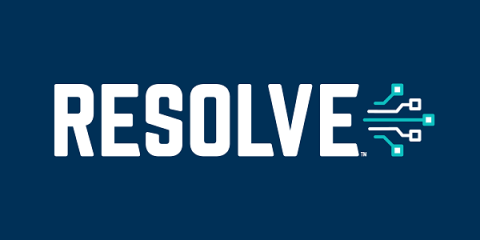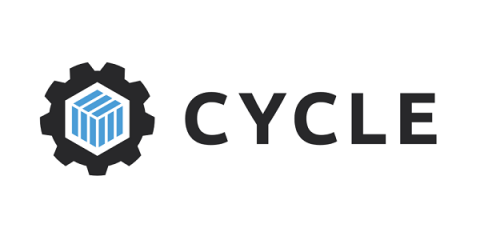Enhancing Security Best Practices: Lessons from Puppet's Proactive Approach to GitHub Repository Management
As a part of Perforce, we are committed to maintaining the highest standards of security for our products and our customers. Recently, we had the opportunity to further strengthen our security practices thanks to valuable input from an independent security researcher. This experience has not only reinforced our robust security protocols but also provided insights that we're eager to share with the wider tech community.











